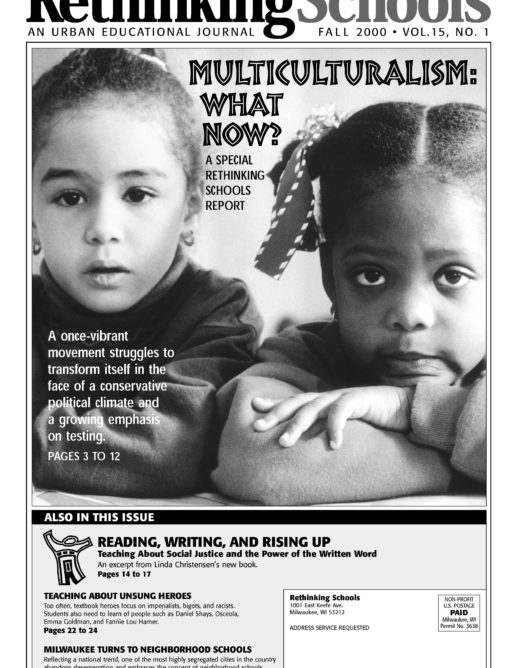Preview of Article:
Saxophone
I sat on the floor and assembled my saxophone. As I adjusted there ed, I searched for a song I could play. Just as I was aboutt o plunge into a blues standard, my Japanese sister handed mea book turned to a famous folk song. While I played, my Japanese host family sang along, covering my sight-reading bloopers. I couldn’t believe it! Here I was in Japan, a 16-year-old playing a Japanese folk song on the alto saxophone – an instrument known for swing and bee-bop.
That night, as I tossed on my mat, I gloried in what took place.We had “jammed” together. Few words were spoken, yet we understood each other clearly. Music proved to be the universal language.
In the years ahead, I want to create that scene over and over.I want to teach others how to communicate with music and with other media. As a teacher, I want to help my students break down the barriers between Blacks and Asians, Americans and Japanese, and others as well.
As a musician, I have learned that music is more than just a pastime- it models the way we can live together as people. As a Black youth, I realize the importance of learning to accept others’ differences without losing my own identity.
Each of us is part of a symphony. In a good symphony each instrument knows its own strengths and weaknesses. Every instrument has limitations:the euphonium can only go so high, the clarinet so low. But when the two instruments merge a powerful range is present, resulting in music that entices ears to come and listen.

